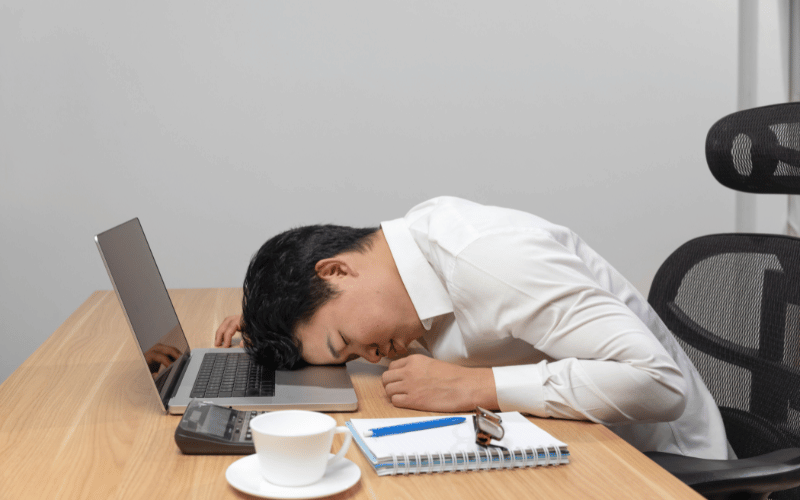Introduction: The Intricacies of Daytime Drowsiness

The dynamics of modern life often mean we find ourselves functioning on less sleep than we’d ideally want. For many of us, it’s just the demands of the daily grind. Yet, there are those for whom drowsiness during the day isn’t an exception; it’s the rule. Enter the world of Excessive Daytime Sleepiness, or EDS. This condition transcends the usual tiredness one might feel after a sleep-deprived night. Instead, EDS is characterized by persistent, overpowering drowsiness that doesn’t necessarily correlate with the amount or quality of sleep.
Understanding EDS isn’t merely about recognizing tiredness. There’s a deeper, more persistent fatigue that sets in, often accompanied by cognitive, emotional, and physical symptoms. So, how does one differentiate between an off-day and EDS? How can someone determine whether their midday slump is the result of an early morning or an underlying condition?
Navigating these questions is essential, especially since EDS isn’t just an inconvenience. It’s a condition that can significantly impair one’s quality of life. To get to the heart of the matter, it’s crucial to delve into the clear symptoms that characterize EDS. By identifying and understanding these signs, it’s possible to take proactive measures, seek medical advice, and ensure that your daytime hours remain energetic and productive.
Let’s unravel the top 10 symptoms of EDS, shedding light on a condition that, while common, often goes unnoticed or misunderstood.
Symptom 1: Uncontrollable Urge to Nap

Have you ever been in the midst of an engaging conversation, only to find your eyelids drooping involuntarily? For many, the overpowering desire to nap, especially at the most inappropriate times, isn’t merely due to a late-night binge-watch. This uncontrollable yearning for sleep, even after a seemingly restful night, can be a glaring indicator of Excessive Daytime Sleepiness (EDS). This isn’t your usual drowsiness. This is an almost irresistible pull, one that doesn’t discriminate, whether you’re at a board meeting or watching a movie.
Imagine being trapped in a constant cycle, where every waking moment is tainted by the shadow of sleepiness, always lurking around the corner. It’s like carrying an invisible weight. For EDS sufferers, public transport, warm rooms, or even just sitting down can become unintended nap triggers. This isn’t mere tiredness. It’s as if the body and mind conspire, clamoring for sleep despite all logic and attempts to resist.
Of course, the consequences stretch beyond the immediate inconvenience. Social embarrassment, misinterpretations, and misunderstandings arise. When the urge to nap is relentless, it hampers personal relationships and professional commitments. Worse still, in situations like driving or operating machinery, it poses genuine safety risks.
Finding the root cause of this symptom is pivotal. While EDS is a common culprit, it’s also essential to ensure no other underlying conditions or lifestyle choices are amplifying the sleepiness. Often, a combination of medical advice, lifestyle adjustments, and sometimes medication can make a world of difference.(1)